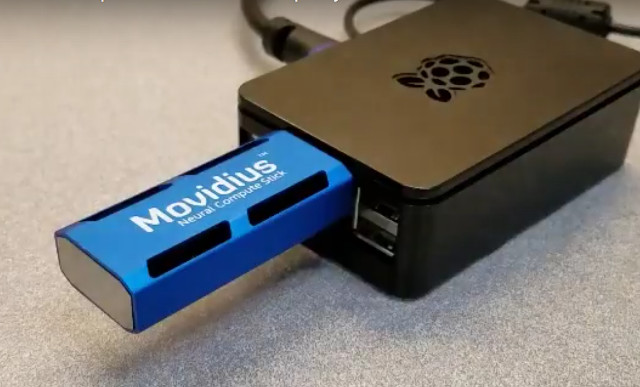opencv4nodejs Asynchronous OpenCV 3.x Binding for node.js 122 2715 414 0 0 Author Contributors Repository https://github.com/justadudewhohacks/opencv4nodejs Wiki Page https://github.com/justadudewhohacks/opencv4nodejs/wiki Last Commit Mar. 8, 2019 Created Aug. 20, 2017 opencv4nodejs By its nature, JavaScript lacks the performance to implement Computer Vision tasks efficiently. Therefore this package brings the performance of the native OpenCV library to your Node.js application. This project targets OpenCV 3 and provides an asynchronous as well as an synchronous API. The ultimate goal of this project is to provide a comprehensive collection of Node.js bindings to the API of OpenCV and the OpenCV-contrib modules. An overview of available bindings can be found in the API Documentation . Furthermore, contribution is highly appreciated....
20年後, 精華區還是很重要, 有FB, Google Talk, FB Bot, Line再加上重要的東西放在Google Blogger, 應該可以整理一些有記憶的東西在這裡



You have obviously missed the point of the product. You cant strap something like that on a system with power/heat/size/weight restrictions.
That’s supposed to run on batteries, so you could install it on drones and robots.
Copied the graphfiles and the debs into my RPI 2b and the launch the python stream example using my C920 camera.
It can recognize basic stuff at a prety good speed (estimate 10-15 fps) just like running caffe on a I5 type Laptop.
That all!?!?!?! Only 3X faster than an obsolete embedded GPU from 6 years ago!?!? Moore’s Law is dead at Intel!
Are you realizing that the video you use for your Intel bashing is provided by ‘Idein Inc’ comparing Idein’s own commercial deep learning solution with unoptimized demo code from a competitor (even mentioning ‘It seems something is wrong with the inference results’)? The competitor is a fabless semiconductor company called ‘Movidius Ltd’ (recently bought by Intel)…